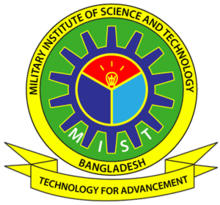Abstract:
In this thesis, the study of the problems the visually impaired people face in various
environments and the architectural solutions to minimize them are described. Architectural
practice has long been dominated by the sight. While architects consider universal access
in most cases, consideration of the experience of a disabled person inside the building is
yet to be practiced in mainstream architectural practice. There has not been much
recognition of the growing understanding of the multisensory nature of the human mind
that has emerged from the field of cognitive neuroscience research. Persons with disabilities
are more likely to experience economic and social disadvantages than those without
disabilities. Regarding this issue, there are no fully equipped disabled centers in
Bangladesh. The design process considers the suitability of the site, and necessary functions
and the main aim of the project is to make people conscious of universal accessibility and
make blind children a part of our social and cultural activity which will, in turn, make these
children more strong, honest and self-confident. The visually impaired children need
education and proper guidance to live independently. Thus, the importance of this project
cannot be neglected as it will uplift a part of the society which has been held back because
of the lack of proper training. Architecture has the power to create a specific space for them
and change their lives. This center will aim to better the lives of these visually impaired
children who are greatly neglected.
